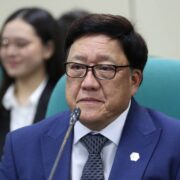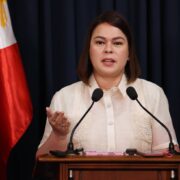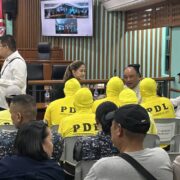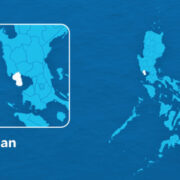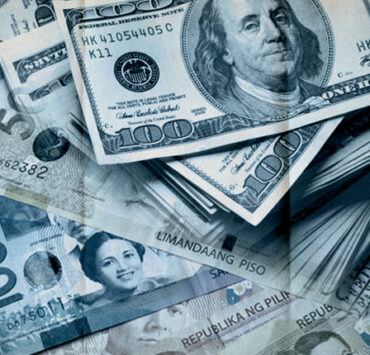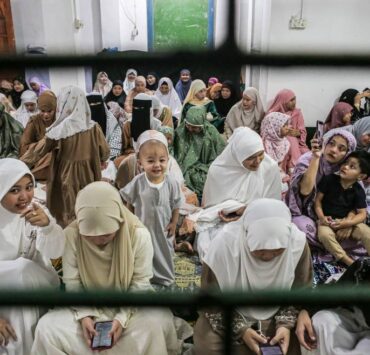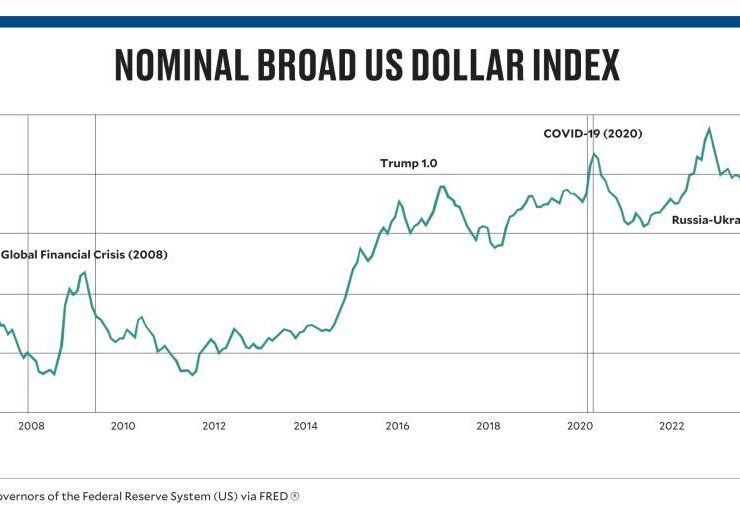Going beyond ‘5-6’
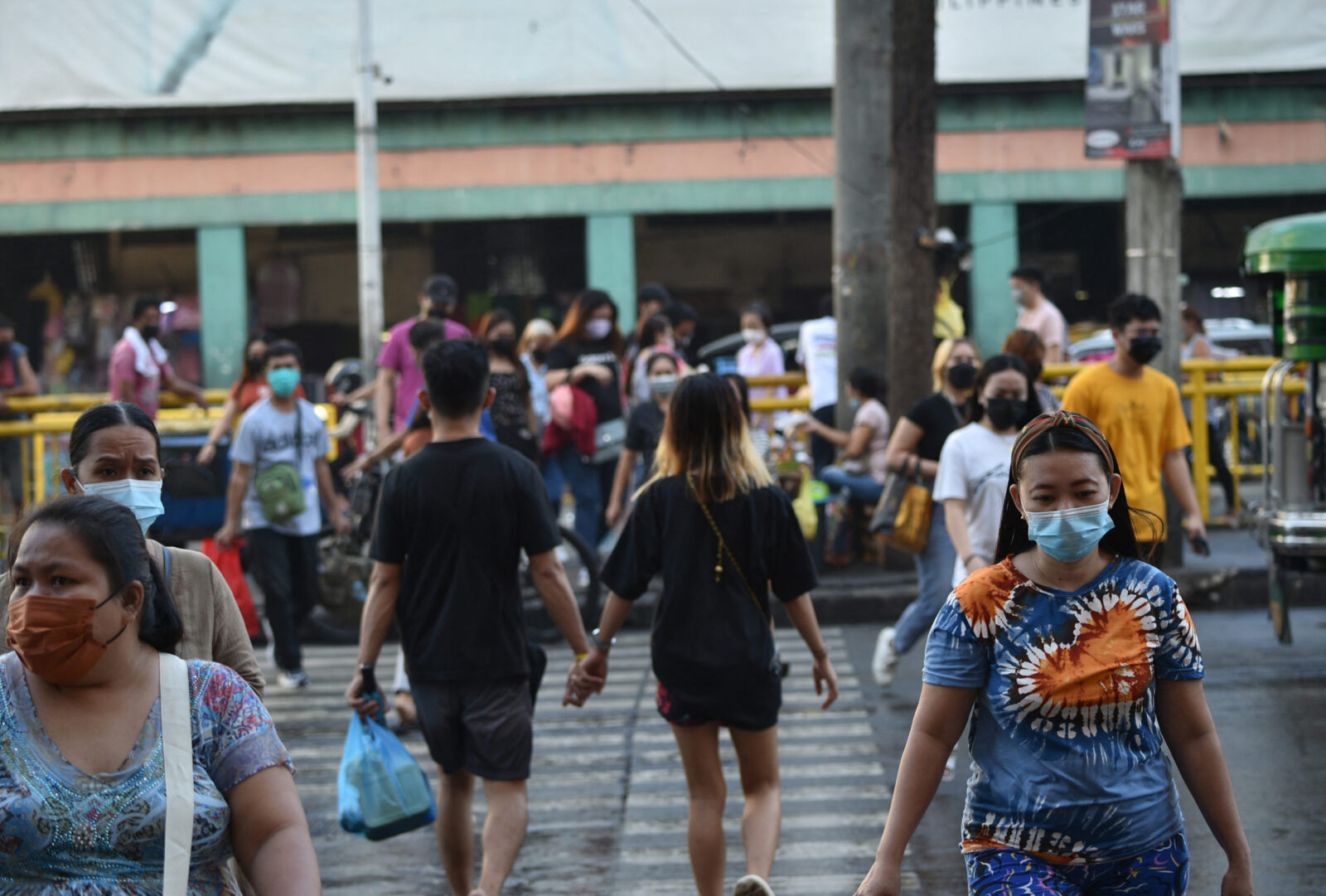
A painful reality still hounds the Philippines—a significant portion of its population struggle with financial insecurity.
The Bangko Sentral ng Pilipinas (BSP) reported that only about a fourth of Filipino households have money to save for priority items such as health and medical expenses, education and retirement.
This reality comes with an underlying issue—Filipinos clinging to lending to get by unexpected events.
According to BSP’s 2023 Financial Inclusion Survey, almost half of Filipinos borrow from financial institutions mainly to cover medical expenses.
As a country often hit by natural calamities—the Philippines ranks 17th globally in climate vulnerability—unexpected expenses for events as such can quickly overwhelm household finances.
‘5-6’ and Filipinos’ lending in numbers
A 2021 World Bank survey revealed a concerning reliance on informal lending among Filipinos, with 428 out of 1,000 respondents having borrowed from family, friends, or informal lenders, compared to 158 who borrowed from formal institutions and 92 who used credit cards.
This reliance is often driven by the need for quick solutions during unexpected emergencies.
Unfortunately, such emergencies frequently push borrowers toward unregulated lending options, which can create a cycle of debt and further strain families already struggling with limited income.
One common form of informal lending is the “5-6” scheme, where borrowers repay six pesos for every five borrowed.
This arrangement results in exorbitantly high annual interest rates, compounded by short repayment cycles that trap borrowers in perpetual debt.
Missed payments can lead to harassment or legal action, making the situation even more precarious.
Another widely used system is “Paluwagan,” a forced savings arrangement in which members contribute to a shared pool of funds.
While it may appear to be a harmless solution, the absence of legal contracts makes it vulnerable to unequal contributions or, worse, fraud by those managing the funds.
Despite the risks, informal lenders continue to thrive because they offer what formal institutions often don’t— quick, hassle-free access to credit.
While banks require extensive documentation and collateral, informal lenders provide immediate cash with minimal paperwork.
Despite government efforts to regulate informal lending through the Truth in Lending Act and enforcement actions by the Securities and Exchange Commission, many Filipinos still struggle to access formal credit.
This challenge largely stems from the formal banking sector’s encounter with nonperforming loans, which have soared to a two-year high, exceeding P524 billion.
This surge in bad debt has compelled banks to become more risk-averse, tightening lending criteria and increasing interest rates, further limiting access to credit for many Filipinos.
Making lending safer for Filipinos
Despite these challenges, the Philippines possesses unique advantages to overcome them.
The digital revolution has reached nearly every Filipino—68.4 percent of 117 million people now own smartphones, and over 70 percent have internet access.
High smartphone and internet penetration rates have paved the way for the rise of digital banks, placing convenient and accessible financial services right at users’ fingertips.
These advancements make managing finances easier and more inclusive, empowering individuals to participate in the formal financial system like never before.
Digital banks can effectively address the speed and ease of access that informal lenders currently provide.
Streamlined application processes, often requiring minimal documentation, such as a selfie, ID card and registered phone number, significantly lower the entry barriers for borrowers.
The government’s recent initiatives, such as the Universal ID and SIM Registration Acts, further facilitate user verification and streamline the onboarding process.
Bridging the way forward
While digital banks are making strides in accessibility, the Philippines can draw inspiration from India’s success.
India’s Unified Lending Interface facilitates frictionless credit access for underserved populations by enabling banks to seamlessly access and utilize data from various sources, including national ID systems and financial records.
A similar system in the Philippines could leverage existing digital infrastructure from the Credit Information Corp., Bureau of Internal Revenue and other government institutions.
This would not only speed up loan approvals and reduce documentation requirements but also help banks better assess credit risk—particularly important for rural and small borrowers with limited credit history.
With the Philippines’ bankable population projected to grow from 65 million to 85 million in six years, such infrastructure could be key to improving financial inclusion at scale.
Digital banks, with their low barriers to entry and extensive reach, are uniquely positioned to bridge the gap between informal and formal credit systems.
By offering an accessible alternative, they not only shield borrowers from predatory practices but also pave the way for a more resilient financial future for Filipino families.
Breaking free from the constraints of informal lending requires a multifaceted approach to achieving this transformation.
By harnessing the potential of digital banking while proactively addressing challenges, the Philippines can cultivate a more inclusive and equitable financial landscape.
This shift toward a more robust and accessible formal credit system is not just about protecting borrowers from predatory practices but about empowering Filipinos to create a more secure and prosperous future.
By embracing digital banking, Filipinos can circumvent the traditional barriers of physical bank branches and lengthy documentation processes.





